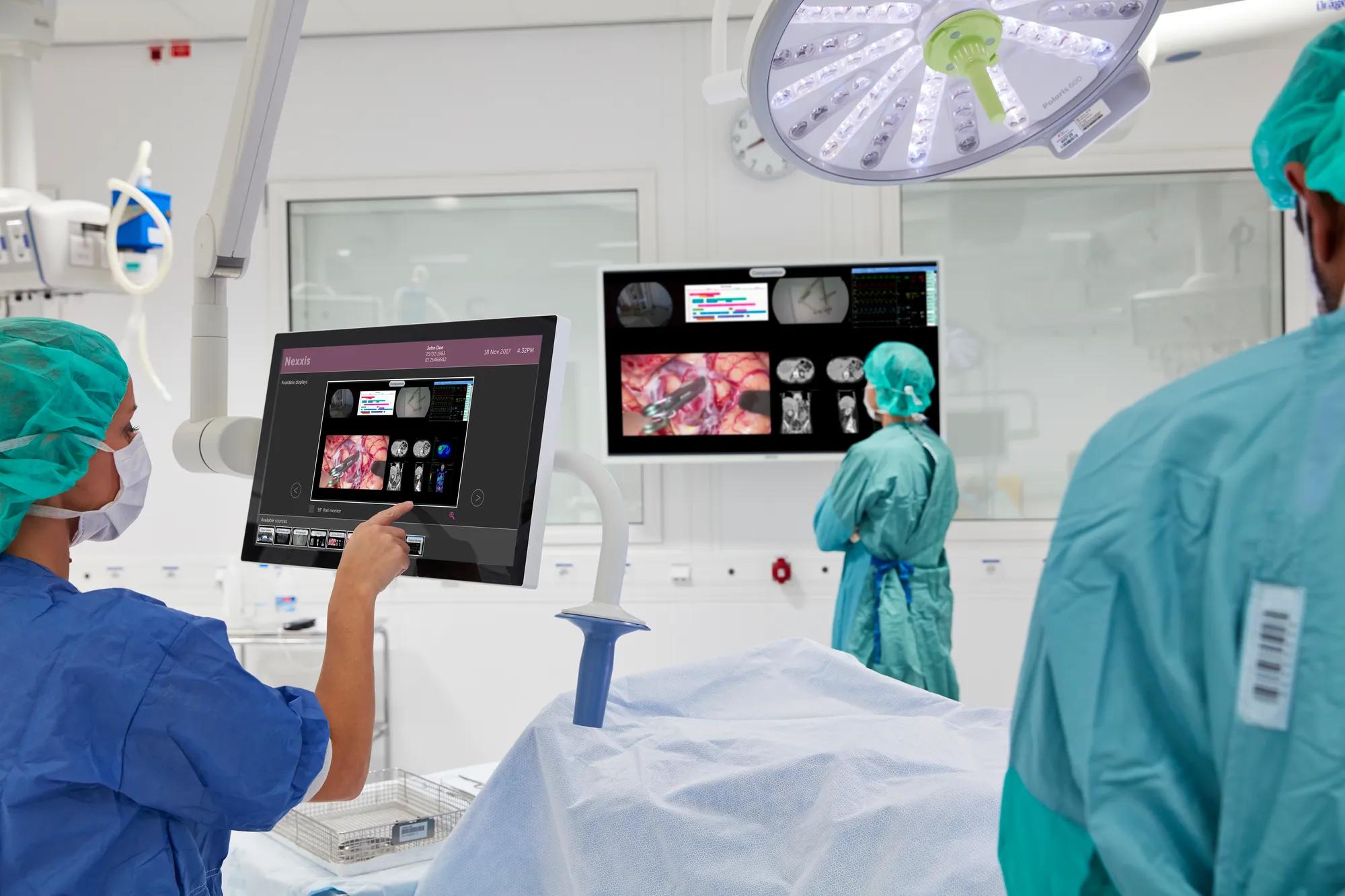What if you could avoid image compression in the operating room?
医疗 · 1 分钟阅读
When sharing endoscopic video and other data in the operating room, the video distribution system is of exceptional importance. Because it needs to be built this way that it allows streaming of video without any form of compression. It's the only way to guarantee there is no quality loss when transferring images.
Zero compression
Video and images can suffer from different forms of compression, such as lossless, lossy, and visually lossless. The result is always the same: loss of information. In medical imaging, this is an absolute no go. That's why you need a video integration system that can send video over a high-bandwidth network. It allows you to share information in raw, meaning uncompressed, format.
Low latency
What's more, when there's no compression of video, there is no delay due to reconstruction of data. This is of vital importance in the operating room, and more specifically in minimal invasive surgery, where the tiniest bit of delay (also called latency) can affect the accuracy and efficiency of surgical procedures. Read more in a previous blog post.
When choosing a video integration system, keep in mind that some video integration solutions can only achieve low bandwidth and low latency by decreasing video quality. The best integration solutions, however, give you the best of both worlds: no latency and no compression. For impeccable images in the operating room.
Expert insights
Find out more in this video for insights in operating room matters by our OR expert. And watch this space and our YouTube playlist for more videos soon!
Interested in more?
Discover our surgical solutions on www.barco.com/surgical


